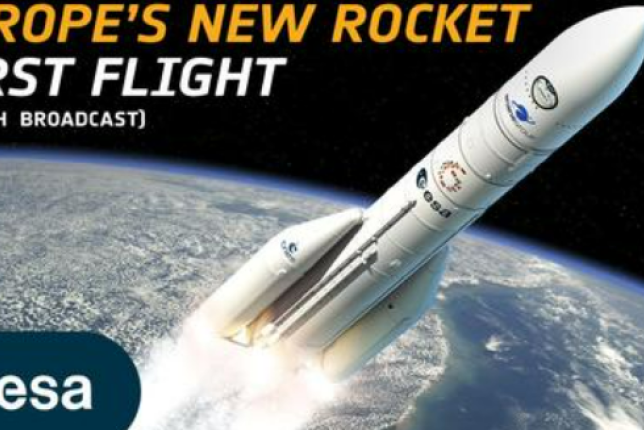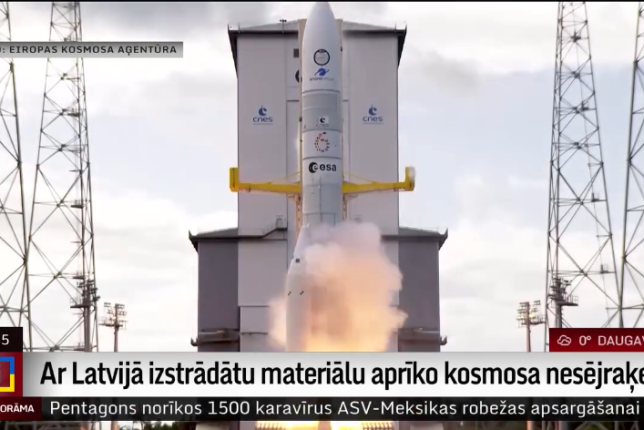Latvia’s Path to Space: From the Laboratory to Ariane 6

Since 2020, when Latvia became an Associate Member of the European Space Agency (ESA), national research and technology institutions have gained the opportunity to participate in high value-added international projects. One of the most prominent examples in this context is the Latvian State Institute of Wood Chemistry, with over 75 years of expertise in biomass processing and the development of functional materials.
LSIWC's competencies cover a broad range of directions, including the development of bio-based polymers, binders, and composite materials, tailored for high-performance applications. The Institute’s key advantage lies in its ability to create materials that simultaneously meet requirements for mechanical strength, thermal resistance, and sustainability — qualities that are particularly critical in the space sector.
This approach is clearly illustrated by LSIWC’s collaboration with ArianeGroup, within which the Institute developed a cryogenic insulation material with excellent thermal insulating capacity, used in the Ariane 6 launch fuel tanks. In July 2024, this material made its debut in space, becoming one of the first Latvian-developed products to physically reach orbit. This milestone also highlights Latvia’s broader integration into European space programmes, as emphasized in the article “Latvia’s Breakthrough in Space: Five Years in the European Space Agency”, where LSIWC is cited as one of the leading examples of sustainable technology development in cooperation with ESA (researchlatvia.gov.lv, 2025).
The development of this cryogenic polyurethane insulation was led by Dr.sc.ing. Uģis Cābulis, Head of the Polymer Laboratory at LSIWC. Under his leadership, the material became a significant contribution to European space infrastructure and has been recognized at the national level.
But this is more than just a technological achievement — it also reflects how the European Union envisions its future in space: not merely competitive and secure, but also green, sustainable, and based on autonomous resource systems. Both ESA’s Green Agenda, and the EU Space Strategy for Security and Defence (2023) emphasize the importance of innovative, environmentally friendly materials that reinforce Europe’s technological independence. In this context, LSIWC does not merely follow trends — it helps shape them.
The Institute continues to develop smart materials in line with the goals of the CASSINI initiative, especially its focus on in-orbit demonstrations and commercialization — supporting the transition of technologies from TRL 4–6 to operational deployment in space.


